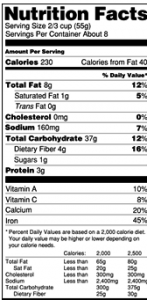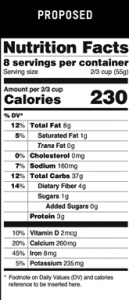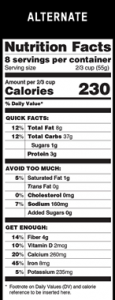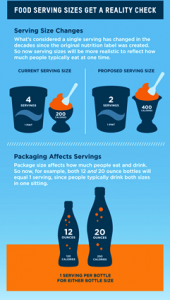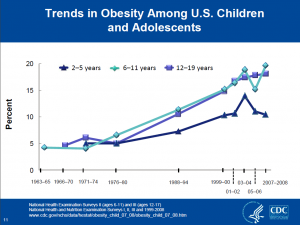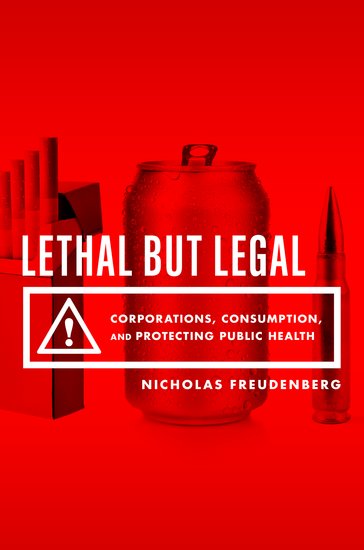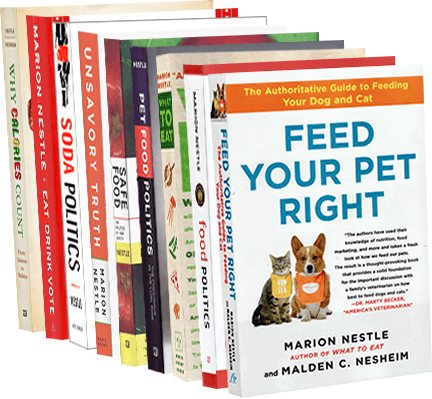Let’s Move! scores one more: No white potatoes in the WIC package
On Friday afternoon (that slow news moment), Let’s Move! and the USDA announced the release of the long-awaited Final Rules governing foods eligible for purchase by participants in WIC–The Special Supplemental Food Program for Women, Infants, and Children.
These are the first such revisions since 1980. The rules:
- Increase the dollar amount for purchases of fruits and vegetables.
- Expand whole grain options.
- Allow for yogurt as a partial milk substitute.
- Allow parents of older infants to buy fresh produce instead of jarred infant food
- Give states and local WIC agencies more flexibility in meeting the nutritional and cultural needs of WIC participants.
These are good moves but the big news is that the USDA stood up to lobbyists for the potato industry who have pushed the White House and Congress to allow participants to buy white potatoes with their WIC funds.
As I noted in an earlier post, the exclusion of white potatoes follows recommendations of the Institute of Medicine based on observations that WIC mothers already buy plenty of them.
Potato lobbyists got Congress to insert language in the 2014 Agriculture Appropriations bill urging the USDA to allow white potatoes in the package.
The USDA responded by asking the Institute of Medicine to reexamine the WIC food package in time for reauthorization of child nutrition programs in 2015. This is now underway.
Although WIC is a small program relative to SNAP, it still provides about $7 billion a year for its nearly 9 million participants.
Food companies fight fiercely to ensure that their products are eligible to be purchased with WIC funds. The potato lobbyists got Congress to intervene in USDA rules on school meals.
They must have thought they could win this one too.
It’s encouraging when public health wins out over industry lobbying.
But this one is small potatoes. How about a few wins against Big Food?

